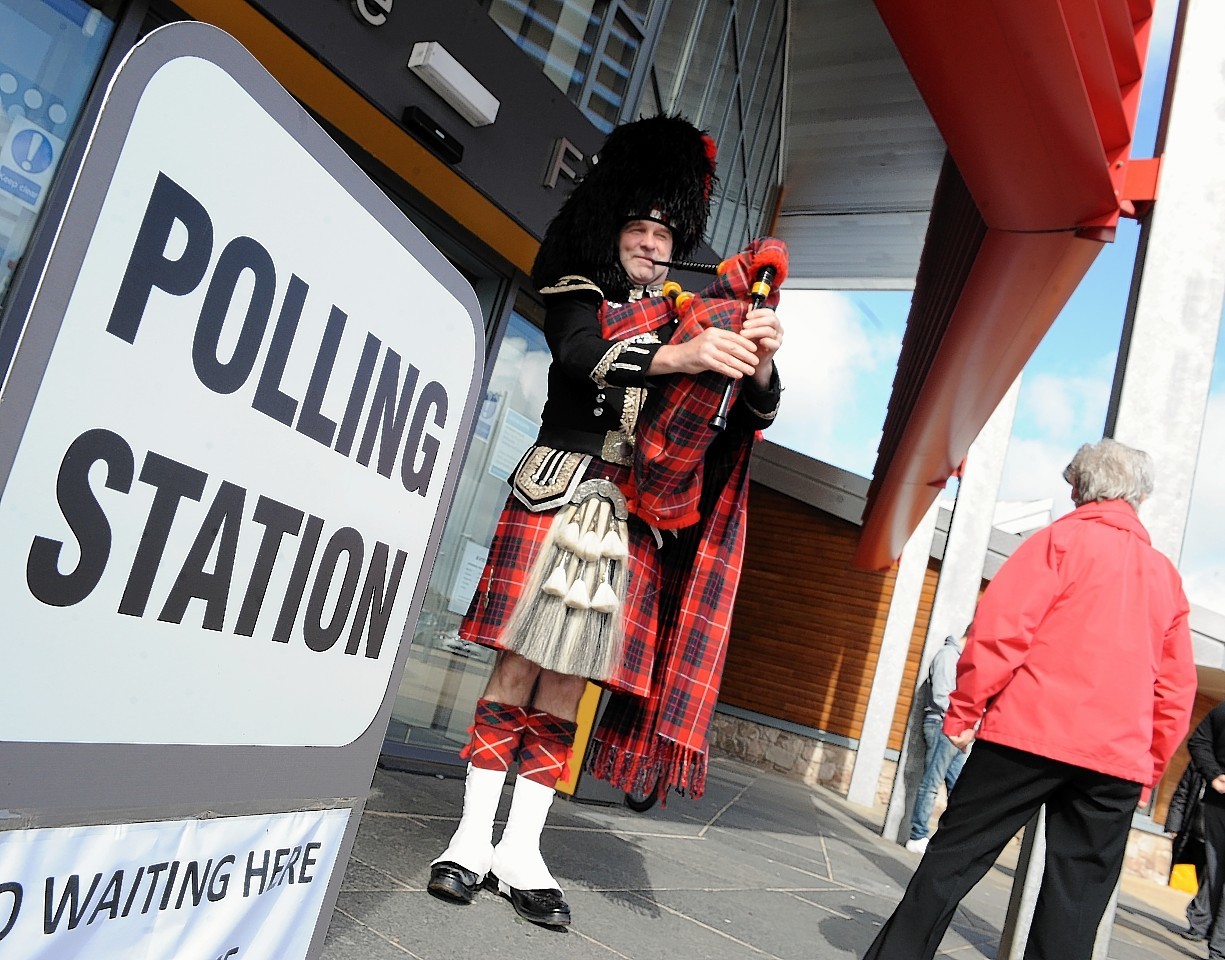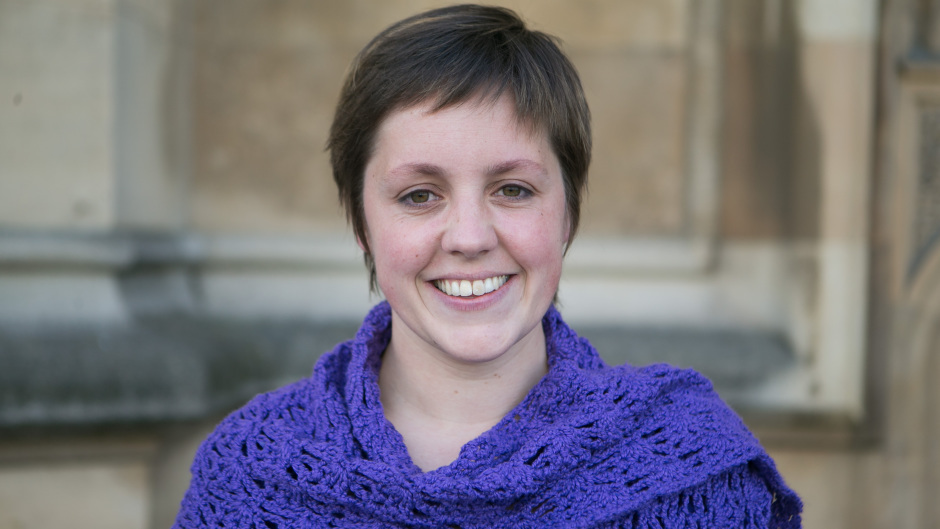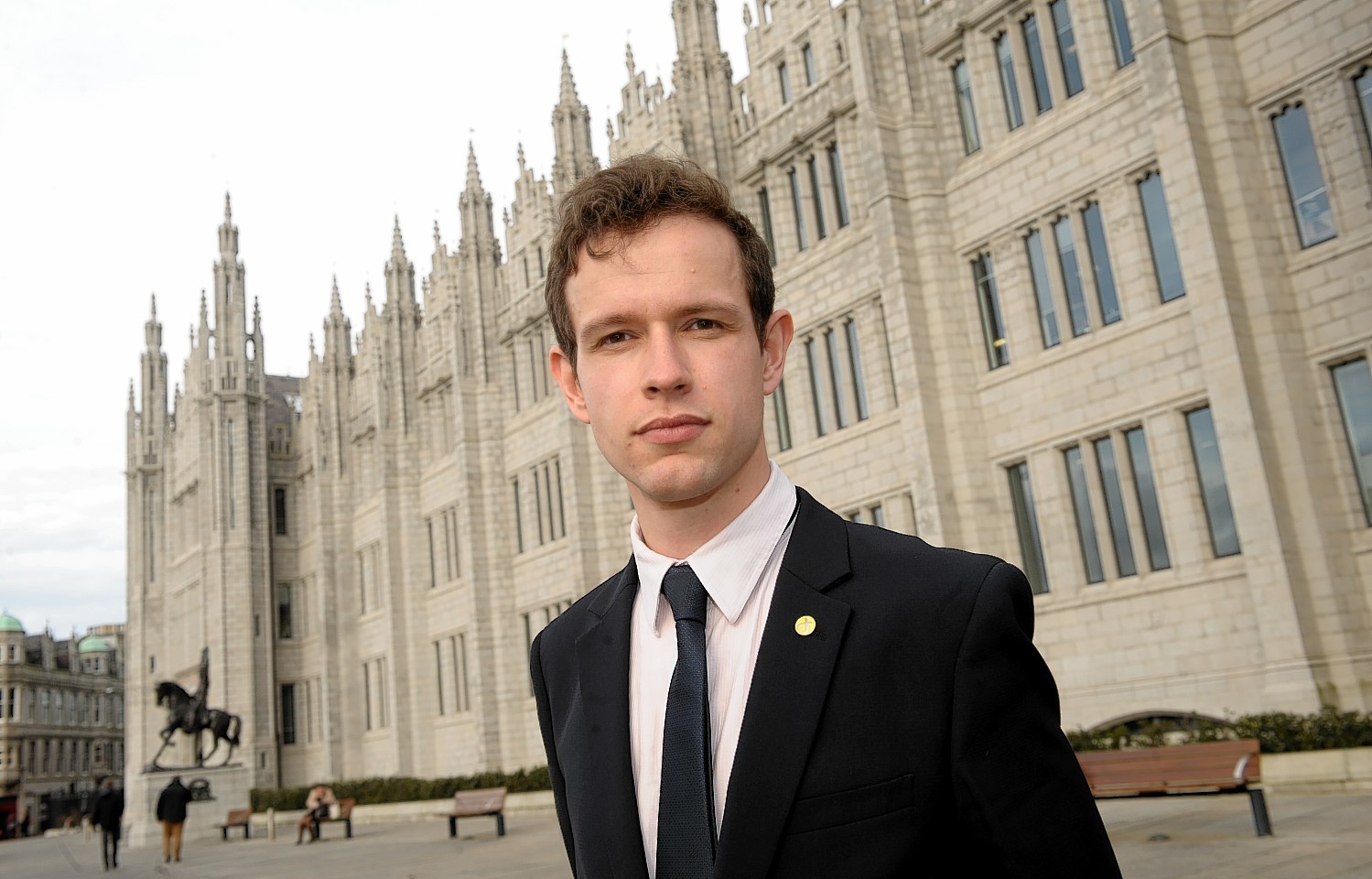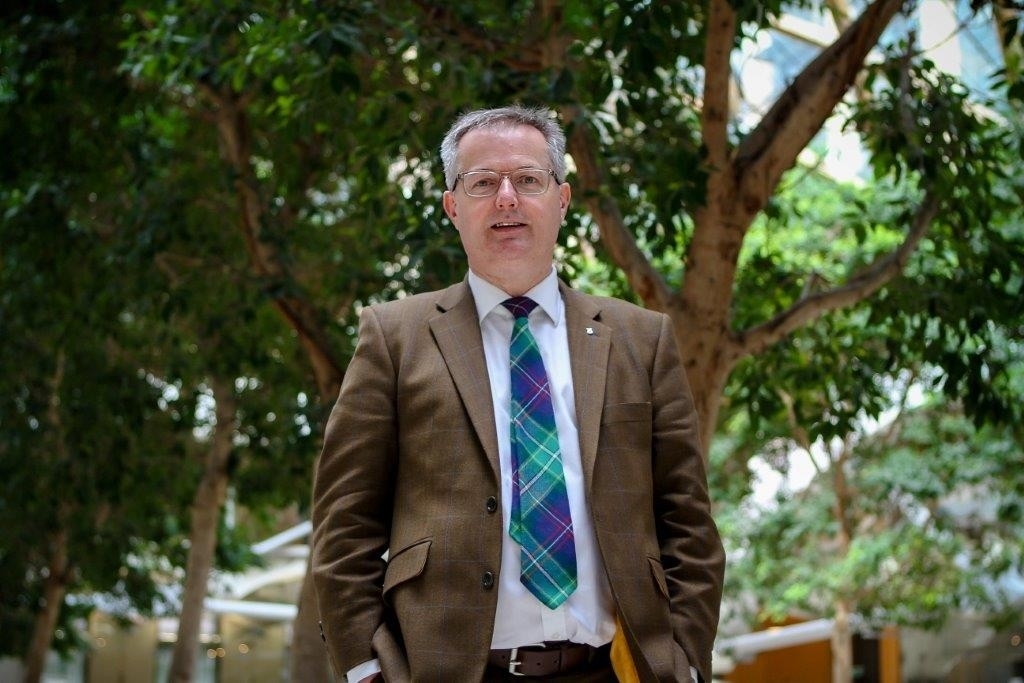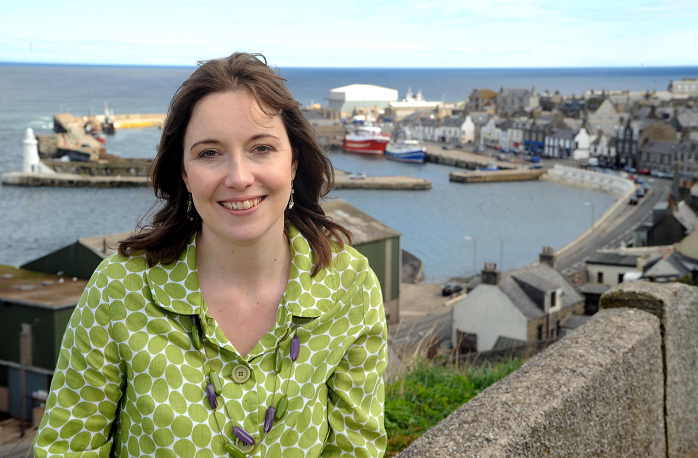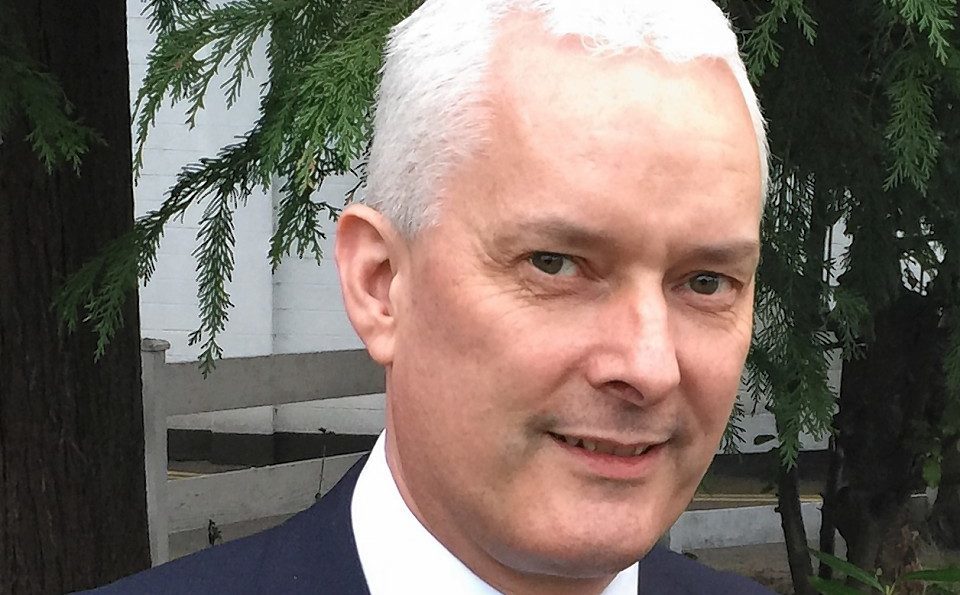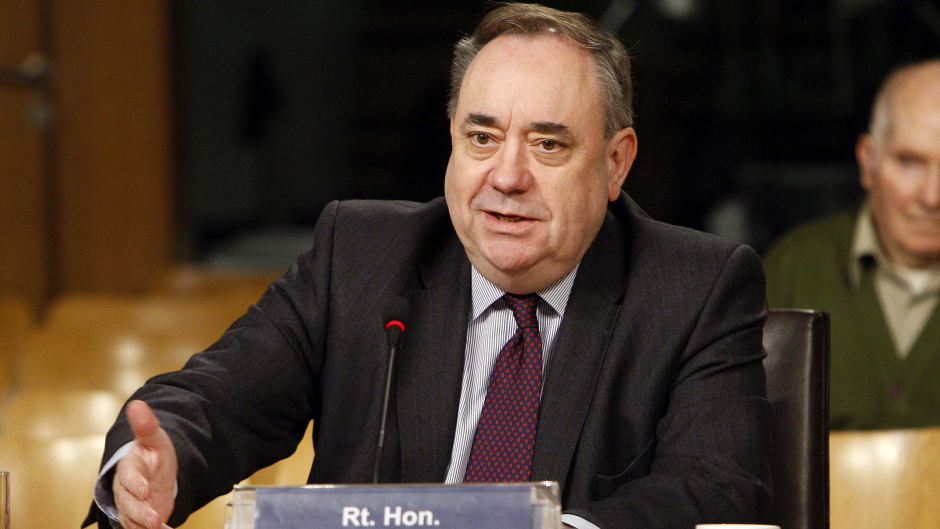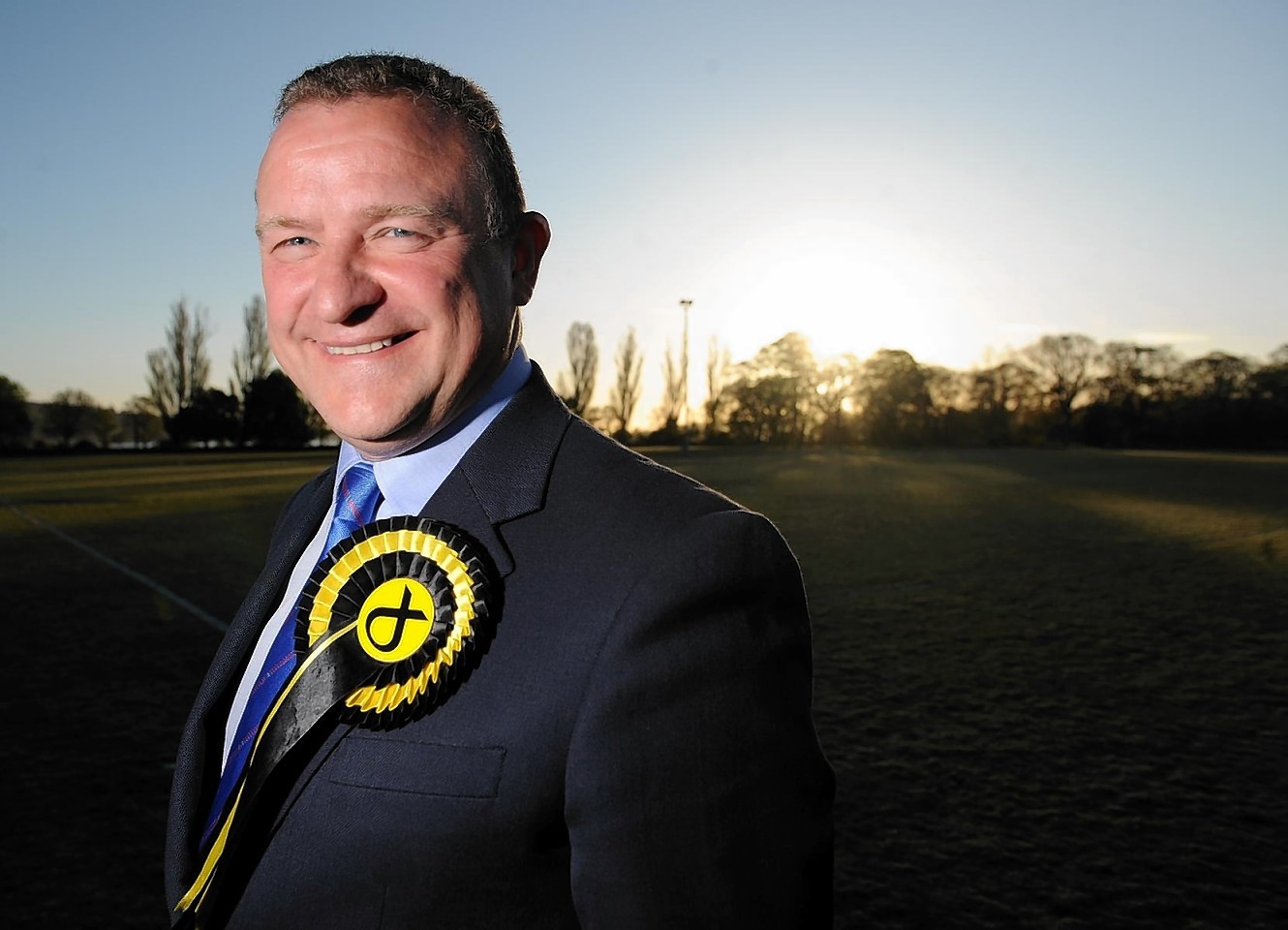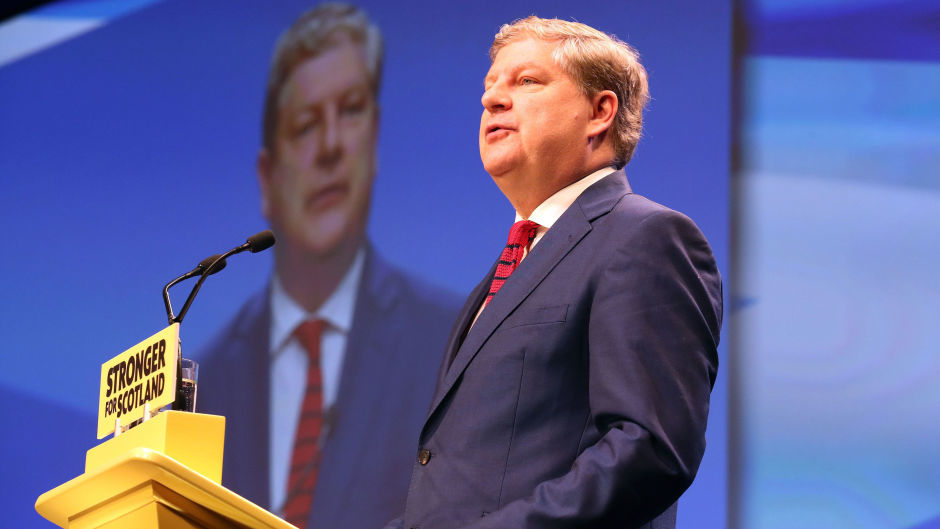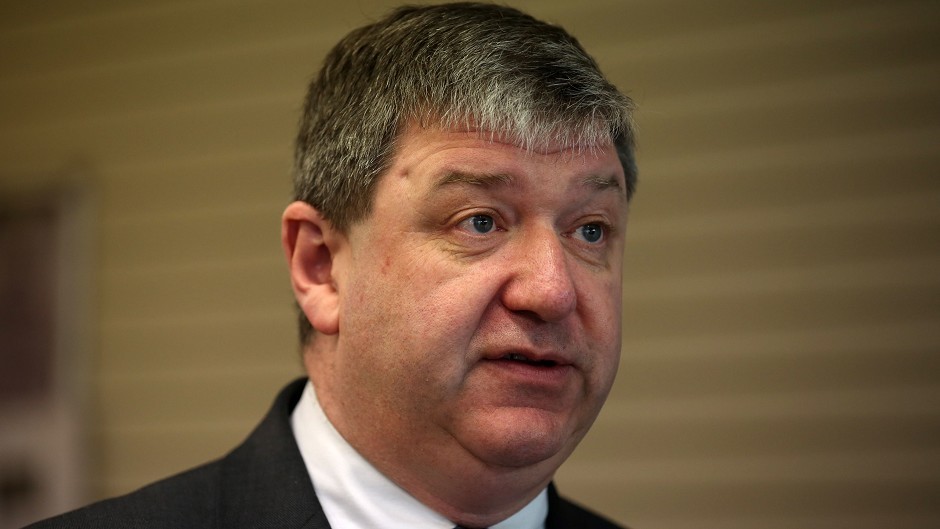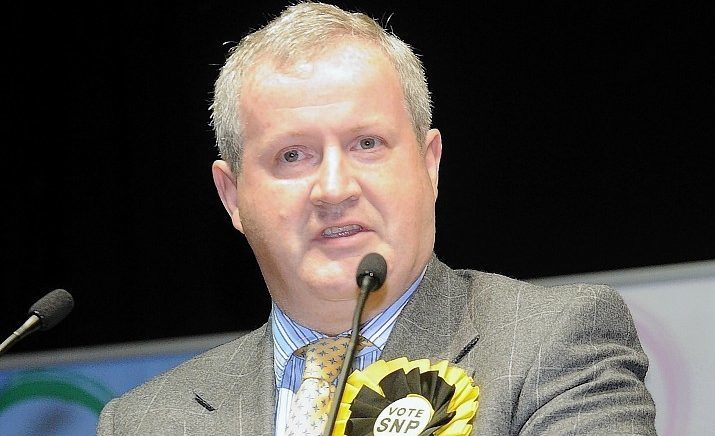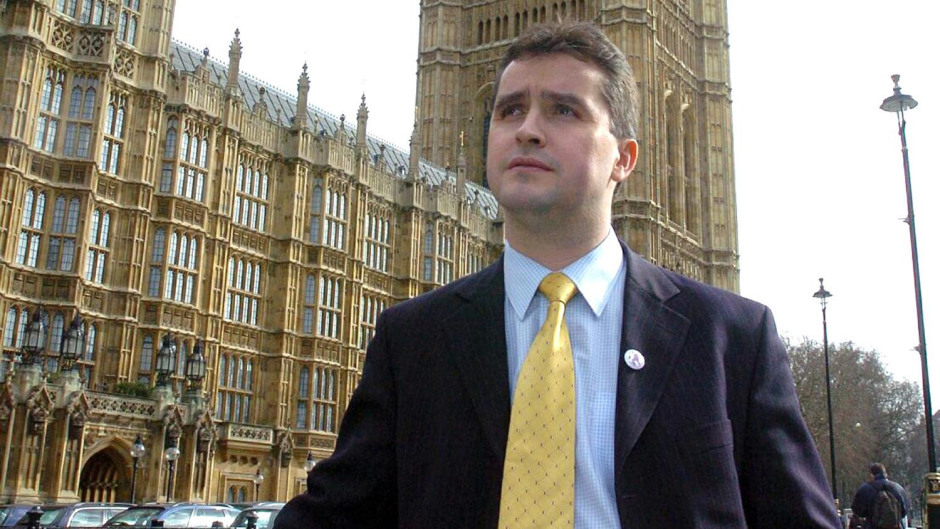With less than one week to go until the nation heads to the polls, the north of Scotland has emerged as a key battleground for parties looking to swing the election in their favour.
Survey results suggest incumbents could face a major fight to hold on to their seats in a number of constituencies and party leaders have being going all out to maximise their results.
With Brexit just around the corner and every party in Scotland setting out their position on a second vote on Scottish independence, it would be hard to disagree with the Prime Minister’s assertion that this is the “most important election” in a generation.
As the battle for the North heats up, here is everything you need to know about your constituency…
Aberdeen North
SNP candidate Kirsty Blackman ended eight decades of Labour rule when she won a landslide in 2015 but can she do it again?
Among the issues contenders describe being raised on the doorstep are anxiety about redundancies due to the oil downturn, pensions and the implications of a so-called hard Brexit as well as devolved matters like education.
Whatever factors influence constituents, it is likely to come down to the SNP versus Labour on polling day.
Aberdeen South
It is a quarter of a century since the Conservatives won Aberdeen South in a general election.
The party has not held the seat since 1997 when Anne Begg was elected amid Tony Blair’s landslide.
She remained MP until the SNP’s Callum McCaig pushed her into second place two years ago.
It is, however, likely to be between the SNP and Tories on election day, with a close result on the cards.
In terms of local issues the Tories are likely to highlight dissatisfaction at the “centralisation of services”, as well as complaints about schools and hospitals.
In the end, however, it will perhaps come down to which constitutional issue – independence or Brexit – is more of an influencer.
Argyll and Bute
The Liberal Democrats held the constituency from 1987, when they snatched the traditionally Conservative seat, until it fell to the SNP in the party’s historic landslide victory of 2015.
All four main parties boast a significant support base in what has, in the past, been considered a marginal constituency, with just 2,812 votes separating first from fourth in the election of 2001.
Two years ago, the SNP’s Brendan O’Hara won the seat for the party for the first time since the 1970s, surging from the party’s fourth place finish in 2010 to oust sitting Lib Dem MP Alan Reid.
The pair will go head-to-head once again on June 8 as Mr Reid, who has since been elected to the local authority, seeks to win back a constituency he represented for 14 years.
Banff and Buchan
The constituency, fifth on the Tories’ Scottish target list, has been represented by the SNP since 1987 – first by Alex Salmond and more recently Eilidh Whiteford.
She won just over 60% of the vote in 2015, giving her a majority of more than 14,300.
To overturn such an advantage would be a monumental feat.
While Scotland overwhelmingly backed Remain in the EU referendum, it was a different story in Banff and Buchan.
All 32 council areas north of the border rejected Brexit, but leading election analyst Chris Hanretty later calculated that a majority of people in the north-east Westminster Parliament constituency had in fact voted for it.
And while other factors including the oil downturn, pensions, digital connectivity – as well as devolved matters like infrastructure – will influence voters too, attitudes to Brexit will be key.
Anti-EU sentiment among the fishing communities may not be enough to take the Conservatives over the line, however.
Caithness, Sutherland & Easter Ross
Fierce opposition to NHS reforms affecting maternity services in Caithness, combined with resulting extra demands on the local ambulance service, triggered protests within the region and beyond.
The NHS, Scottish Ambulance Service and Scottish Government ministers all defended the changes – as did the SNP’s Paul Monaghan, who took Liberal Democrat John Thurso’s Caithness, Sutherland and Easter Ross seat two years ago.
The question is whether the wave of anger over what the activists consider a “downgrading” of the local maternity service will be the catalyst for political change at this election.
A relatively comfortable SNP majority faces a potential challenge from a resurgent Conservative Party and well-known local Liberal Democrat Jamie Stone, a former MSP and a politician who was returned as a Tain and Easter Ross councillor at the recent local authority elections.
Gordon
The Tory claim to be “parking our tanks on Alex Salmond’s lawn” was bolstered by a strong showing in last month’s local elections.
Internal analysis suggests they won the most first-choice votes in the area.
And candidate Colin Clark’s leaflets make no bones about pitching the contest as a fight over independence – local issues getting no mention as he takes on the man more associated than any other with the push for a break with the UK.
Some voters will no doubt weigh carefully which party offers the best prospects of the area – traditionally one of the country’s most prosperous – recovering quickly from the dramatic and ongoing effects of the oil and gas downturn.
Recruitment crises in schools, hospitals and care homes are a major concern and poor transport links have long been a bugbear.
Inverness, Nairn, Badenoch and Strathspey
The city constituency changed hands in 2015, when the SNP’s Drew Hendry beat Lib Dem Danny Alexander into second place with a majority of nearly 11,000 votes.
Mr Alexander had enjoyed a comfortable majority of nearly 9,000 with Labour in second place and the SNP third in 2010.
On paper, the biggest challenge would seem to come from the Lib Dems, although their candidate Ritchie Cunningham has not stood for the Westminster seat before.
A 53% vote against Scottish independence and a 56% against Brexit could also bode well for Mr Cunningham’s chances.
Moray
After 30 years, the Scottish Conservatives hope to end the SNP’s grip on Moray.
The SNP has held the constituency since 1987, but the Tories are confident their candidate Douglas Ross has a chance of snatching the seat from rival Angus Robertson.
But much has changed in just two years. The EU referendum saw Moray vote to remain in the EU by the narrowest margin in Scotland at just 50.1%.
With Mr Robertson continuing to campaign about how disastrous he believes a hard Brexit would be, this could turn some of those Brexit voters away from the SNP.
However, several factors may also lead to Mr Robertson hanging onto his job.
Mr Robertson has the advantage of incumbency having been the constituency MP for 16 years.
The SNP deputy leader also maintains a high profile, not least with his weekly opportunity to quiz Theresa May at PMQs as the leader of the third biggest party at Westminster.
Orkney and Shetland
Perennial problems such as mobile phone coverage, roads and ferry fares will all play their part in determining votes, but it is personalities and national politics that are likely to prove decisive.
An additional element of bitterness was injected into proceedings last time amid the fall-out from the “French-gate scandal” that engulfed incumbent Alistair Carmichael.
The likely two-horse race between Mr Carmichael and SNP candidate Ms Brett could, in some respects, pitch Orkney against Shetland.
Local activists report that SNP support is far stronger on Shetland than Orkney, and the presence of Bressay-raised Ms Brett may serve to widen that split.
Ross, Skye and Lochaber
The iconic mountains and glens of Ross, Skye and Lochaber were the scene of two of the biggest political shocks of 2015.
The first, on election night, came as one of the most the country’s most prominent MPs, former Liberal Democrat leader Charles Kennedy, lost the seat he had represented for more than three decades to Ian Blackford.
And the second was the tragic death of Mr Kennedy, aged 55, at his home in Fort William, just three-and-a-half weeks later.
Two years have passed, however, and there has been much to celebrate in the sprawling constituency including the Rio Tinto smelter remaining open against all odds and huge investment in the area.
Many issues remain to be resolved, however, with recent local controversies including a row over downgrading Portree hospital, the slow progress on re-opening Skye airport, the need to upgrade the A82 Inverness to Fort William road, and the “appalling” disrepair at Fortrose Academy on the Black Isle.
Skye-based Mr Blackford was also forced to try to broker a compromise deal amid a dispute over plans to centralise decision-making at Highlands and Islands Enterprise.
West Aberdeenshire and Kincardine
It was held by Sir Robert Smith from 1997 until two years ago when he was ousted by Mr Donaldson amid the SNP landslide.
Unusually, all four contenders for the seat are under 30, making the SNP’s Stuart Donaldson – who became one of the babies of the Commons when elected in 2015 aged just 23 – the elder statesman.
He faces an uphill challenge to get re-elected, however, as the Conservatives, who have selected Andrew Bowie, fancy their chances and are pushing hard.
The momentum does seem to be with them, so it’s unsurprising the constituency is third on the Tories’ Scottish target list.
As well as Brexit and independence, there are several local issues, including some devolved matters, that may sway voters come polling day.
Poor digital connectivity remains a problem in large parts of the rural constituency and clearly the impact of the oil down turn is still being felt.
Business rates and pensions – given the significant proportion of older people living in the seat – could also be determining factors.
Western Isles
The population issue is critical in a constituency projected, by 2039, to have Scotland’s second highest percentage of pensioners (32%) and Britain’s lowest quota of under-15s (13.6%).
People were united and transfixed by last moth’s attack on youngsters attending a pop concert where 14-year-old Eilidh MacLeod from Barra tragically died.
Canvassing was respectfully halted in the isles, as elsewhere, as the population attempted to come to terms with last week’s events.
Five candidates are vying for the Na h-Eileanan an Iar seat held by Angus MacNeil for the past 12 years.
